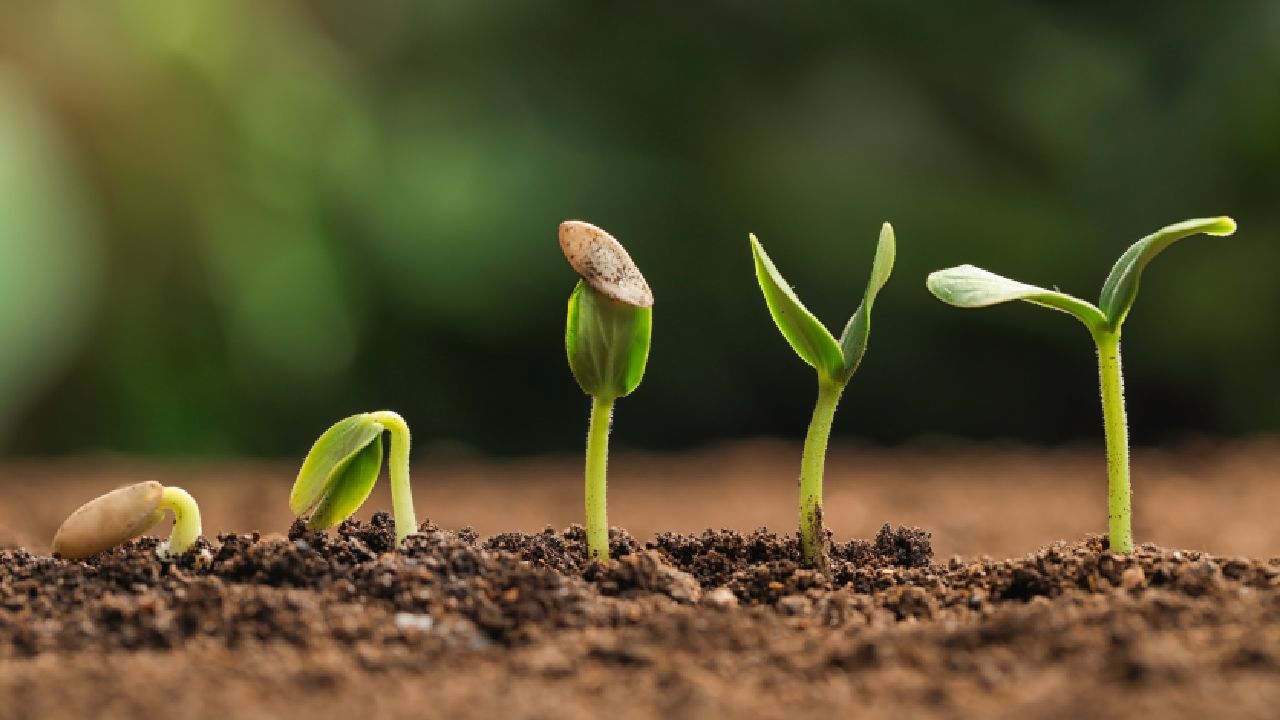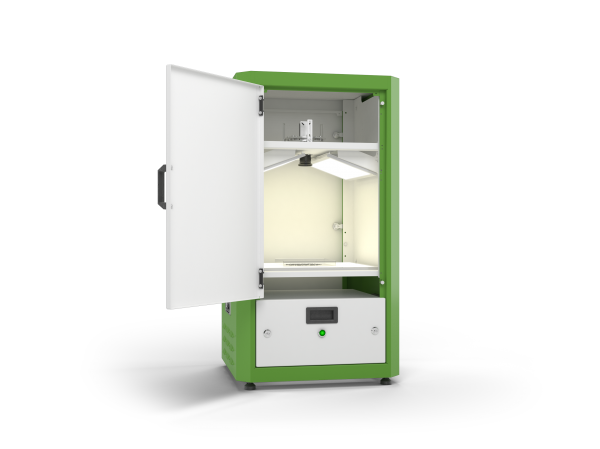By understanding how to prevent seeds from failing to germinate, and by making the germination process more efficient, the seed industry can have higher and more frequent yields. Learn how advanced image processing is improving the effectiveness of seed germination testing.
What is Seed Germination Testing?
Seed germination refers to the process of a seed becoming hydrated, through to it sprouting. Different seeds sprout under different conditions and over different periods of time. They need varying amounts of water, light and heat, and some even need the seed coating to be damaged in some way before germinating.
Germination testing is when these complex conditions are categorised through germination experiments in a controlled environment.
Why is Seed Germination Testing Important?
Seed testing is important because for crops to be viable, the exact conditions for, and duration of, the germination period need to be categorised. If seed use-by-dates are incorrect, or the conditions for germination aren’t accurate, crops can fail to yield. This not only costs the grower the income from the yield, but it also costs them the labour of planting, and the cost of the seeds themselves.
Seed testing is also important for uncovering insights into how to expedite the germination process. If testing can shorten the germination period, more crops can be harvested more frequently, leading to greater profit margins.
What is Advanced Image Processing?
One way seed testing has been improved is through the addition of advanced image processing. Advanced image processing devices are – in layman’s terms – fridge sized chambers in which seeds can be germinated under a variety of simulated conditions. As the germination process occurs, high clarity images are taken that record information. This information includes:
- The number and dimensions of seeds and seedlings
- Whether seedling germination is normal
- Whether foreign seeds are present
- If any seeds are damaged or poor quality
- The precise times that milestones in the germination process occur
All of this data is essential to understanding the necessary conditions for seeds to germinate.
By recording the seed germination process with greater clarity and detail, seed testers using advanced image processing are able to focus more on development and less on data recording. It also makes it easier for testers to refer to previous results for comparison.
How does Advanced Image Processing Work?
The usual process for testing a seed batch is time consuming and susceptible to human error. At each stage of germination, testers must manually inspect and count every seed or seedling. They do this by scoring them, usually with a number system.
Aside from the time taken to complete the task, the scoring relies on the tester to determine the quality of the sample. While testers are highly trained and work within guidelines, this process is inherently qualitative, because no two individuals will agree completely, 100% of the time.
Advanced image processing photographs the samples and automatically counts and grades them in seconds. The algorithm that does this can be adjusted and refined over time. Essentially, the more results it gets, the more accurate it becomes. This process is exponential.
Another advantage of advanced image processing is the longevity of physical evidence. Seed samples must eventually be discarded. Seed testers may discover later that there was an unforeseen issue with the sample, but once it’s gone, or has germinated further, they cannot confirm their suspicions.
With the digitally stored images taken by an advanced image processing device, testers can refer back to previous samples indefinitely. Having access to a body of work, rather than a single sample set, allows them to work with more information and objectivity.
Lemnatec SeedAIxpert Pro
The Lemnatec SeedAIxpert Pro is the fastest digital seed testing system in the market. Its combination of high-resolution imaging and artificial intelligence (AI) algorithms ensure that data is taken quickly, accurately and effectively.
The SeedAIxpert Pro is designed to save testers time on labour, and improve their ability to make breakthroughs. Just a few of its features include:
- Easy to reproduce and standardise results
- Images are easy to create, store and label
- Images are taken with a high-resolution, industrial grade camera
- Label images can be annotated with key data, and are stores in a system that enables easy retrieval
- Data can be easily exported to external devices for long-term storage
- The device is applicable for testing seed production, breeding, genealogy and quality control
- The device can test wild, agricultural, commercial and ornamental plants
With all of these features, it isn’t hard to see why the Lemnatec SeedAIxpert Pro is the leading machine for advanced image processing in the seed germination field. If you would like to learn more about it, click here.
To enquire about purchasing a SeedAIxpert Pro, don’t hesitate to contact us.
Seed germination testing can be a laborious process, especially if samples fail and need to be re-tested. By embracing advanced image processing, seed testers can make the process more efficient, and more successful. Don’t continue to lose valuable time to data entry that could be spent on experimentation and development – consider advanced image processing.

